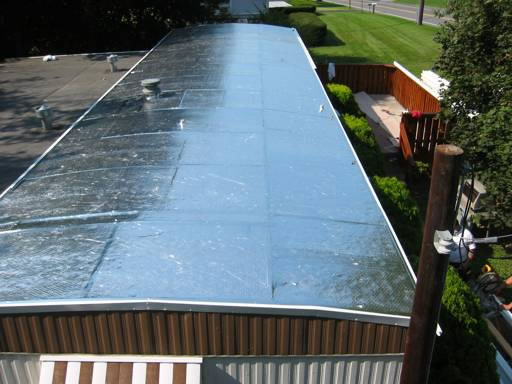
Mobile Home Roof Panels: Materials, Installation, and Maintenance
Mobile home roof panels play a vital role in protecting the structure from the elements and maintaining a comfortable interior environment. Understanding the materials used, the installation process, and the maintenance requirements can help ensure the longevity and performance of your mobile home roof. Here’s what you need to know about mobile home roof panels:
Materials Used
1. Metal Panels:
Metal roofing panels are a popular choice for mobile homes due to their durability, longevity, and low maintenance requirements. They are available in various materials such as aluminum, steel, and galvanized metal, offering excellent resistance to weathering, corrosion, and fire.
2. Asphalt Shingles:
Asphalt shingles are another common roofing material for mobile homes, known for their affordability, versatility, and ease of installation. They come in a range of colors and styles to complement different architectural designs and provide adequate protection against the elements.
3. Fiberglass Panels:
Fiberglass roofing panels are lightweight, durable, and translucent, allowing natural light to filter into the interior of the mobile home. They are commonly used for carports, patio covers, and sunrooms, offering UV protection and thermal insulation benefits.
Installation Process
- Preparation:
Prepare the roof surface by https://www.rfccambridge.com/ any existing roofing materials and ensuring the substrate is clean, dry, and free of debris.
- Installation:
Install the roof panels according to manufacturer guidelines, starting from one end of the roof and working your way to the other. Secure the panels in place using roofing nails, screws, or adhesive, ensuring proper alignment and overlap between panels.
- Sealing and Flashing:
Seal joints, seams, and flashing with roofing sealant or caulking to prevent water infiltration and leaks. Install flashing around roof penetrations such as vents, chimneys, and skylights to ensure a watertight seal.
- Finishing Touches:
Trim excess material and install ridge caps, edge trim, and gutter systems to complete the installation and provide additional protection against water runoff and weather damage.
Maintenance Requirements
- Regular Inspections: Conduct regular inspections of the roof panels to check for signs of damage, wear, or deterioration. Look for loose or missing panels, damaged flashing, and signs of water infiltration.
- Cleanliness: Keep the roof surface clean and free of debris, leaves, and branches that can accumulate and block drainage pathways. Remove moss, algae, and mildew growth to prevent damage to the panels and maintain their appearance.
- Repairs: Address any issues promptly by repairing or replacing damaged panels, flashing, or sealant. Use matching materials and follow proper installation techniques to ensure a seamless repair and prevent further damage.
Conclusion
Mobile home roof panels are essential components that provide protection, insulation, and aesthetic appeal to the structure. By understanding the materials used, the installation process, and the maintenance requirements, you can ensure the longevity and performance of your mobile home roof.

